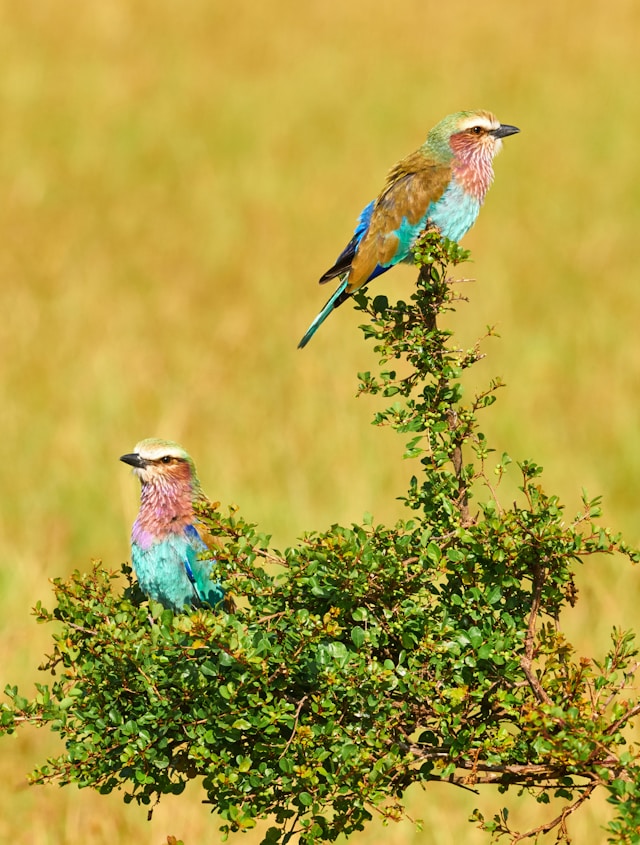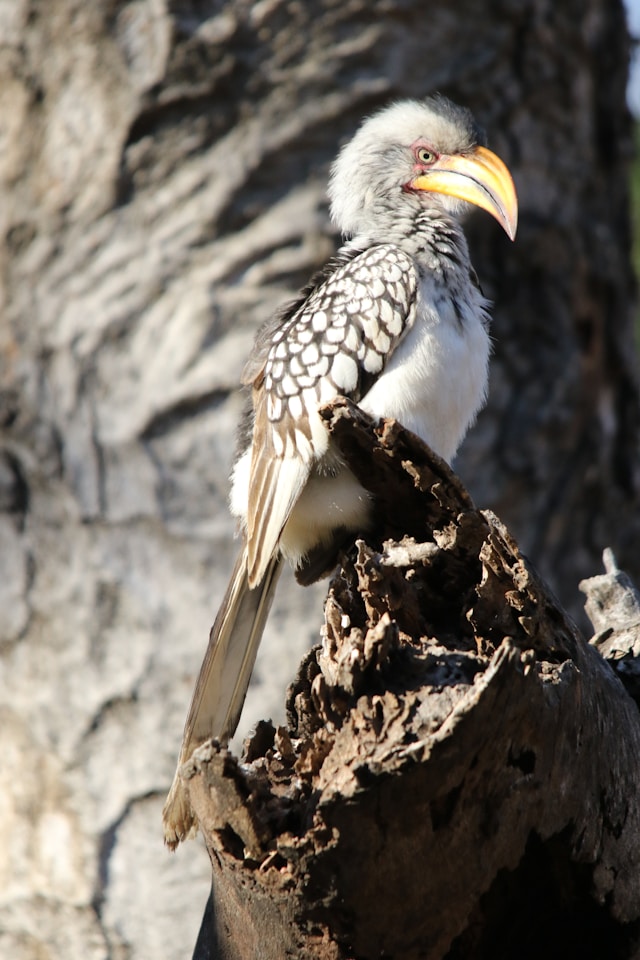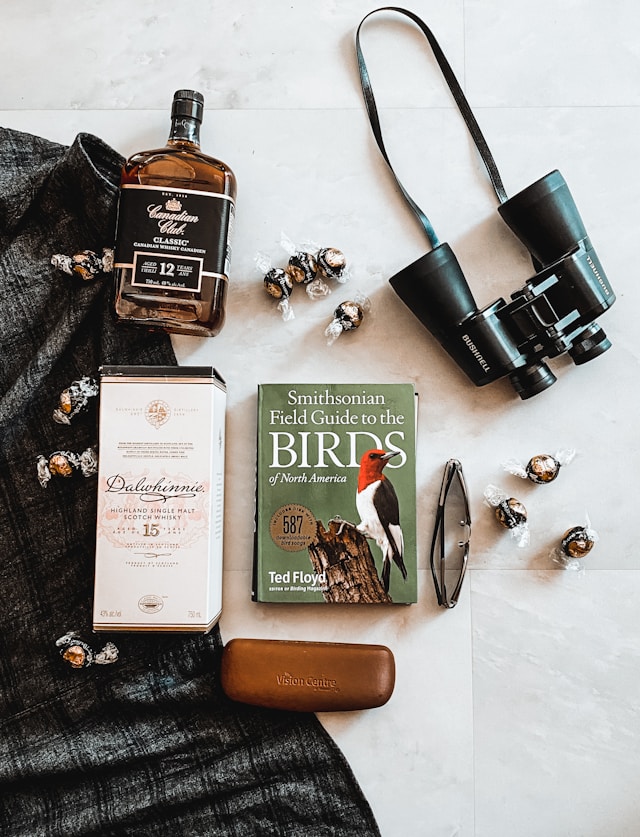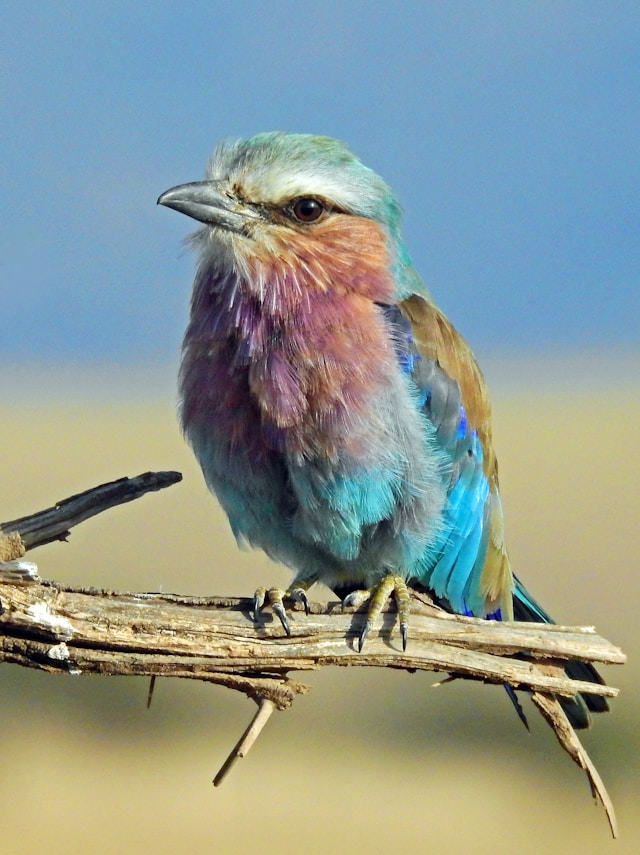If you’re a birding enthusiast, then you know that Africa is a paradise for birdwatching. With over 2,400 bird species, Africa is home to some of the most beautiful and rarest birds in the world. Going on a safari in Africa is not only an opportunity to see the Big Five but also a chance to spot some of the most sought-after birds in the world.
If you’re planning a birding safari, then you’re in luck. Africa has numerous great locations for birding safaris, including the Kruger National Park in South Africa, the Serengeti ecosystem in Tanzania, Queen Elizabeth National Park in Uganda, Odzala rainforest reserve in Congo-Brazzaville, and Damaraland in Namibia. These locations offer a unique opportunity to see different bird species in their natural habitats.
Whether you’re an experienced birder or a beginner, Africa’s birding safaris offer something for everyone. You can spot the majestic African fish eagle, the colorful lilac-breasted roller, or the unique shoebill stork. With the help of experienced guides, you can learn about the behavior and habitat of different bird species and make your birding safari an unforgettable experience.

Africa’s Premier Birding Safari Destinations
If you’re a birding enthusiast, Africa offers some of the best birding safari destinations in the world. From Tanzania to South Africa, there are plenty of opportunities to spot a wide variety of bird species in their natural habitat.
Here are some of Africa’s premier birding safari destinations:
Tanzania
Tanzania is home to a diverse range of bird species, including over 1,000 resident and migratory species. Some of the best birding spots in Tanzania include:
- Ruaha National Park and Selous Game Reserve: both parks are located in southern Tanzania and offer excellent opportunities to spot a cross-section of East African birds and Southern African migrants.
- Ngorongoro Crater: located in northern Tanzania, this UNESCO World Heritage Site is home to over 500 bird species, including the rare Kori Bustard, the Secretary Bird, and the African Fish Eagle.
South Africa
South Africa is a birding paradise, with over 800 bird species recorded in the country. Some of the best birding spots in South Africa include:
- Kruger National Park: this iconic national park is not only a premier safari destination but also a legendary birding hotspot. The park is home to over 500 bird species, including the African Fish Eagle, the Martial Eagle, and the Southern Ground Hornbill.
- Ndumo Game Reserve: located in northern KwaZulu-Natal, this reserve is the premier birding destination in South Africa, with around 430 species recorded. Key species include the Southern-banded Snake Eagle, the Black Egret, the African Broadbill, and flocks of pelicans.
Whether you’re a seasoned birder or just starting out, Africa’s premier birding safari destinations offer an unforgettable experience.

Habitats and Bird Species Diversity
When it comes to birding on safari, Africa is a treasure trove of habitats and bird species diversity. From the savannas to the wetlands, the continent boasts a wide range of habitats that support a diverse array of bird species.
The savannas of Africa are home to some of the most iconic bird species, such as the African Fish Eagle, Secretarybird, and Kori Bustard. These birds are adapted to the open grasslands and are often seen perched on trees or soaring high in the sky.
If you venture into the wetlands, you’ll be amazed by the diversity of bird species that call this habitat home. The Okavango Delta in Botswana is one of the best places to experience wetland birding on safari. Here, you can spot the African Jacana, Saddle-billed Stork, and the elusive Pel’s Fishing Owl.
The forests of Africa are another great habitat to explore on safari. The Congo Basin is one of the largest rainforests in the world and is home to a variety of bird species, including the African Grey Parrot, Great Blue Turaco, and the White-spotted Flufftail.
In addition to these habitats, Africa also has a variety of other habitats that support unique bird species. For example, the deserts of Namibia are home to the endemic Dune Lark, while the coastlines of South Africa are home to the African Penguin.
Overall, the diversity of bird species in Africa is truly remarkable, and the continent’s various habitats provide ample opportunities for birders to explore and discover new species.

Best Times of Year for Birding Safaris
When planning a birding safari, it’s important to consider the best times of year to visit. While birds can be spotted year-round, certain seasons offer better opportunities for sightings. Here are some of the best times of year for birding safaris:
Dry Season
The dry season, which runs from June to October, is one of the best times of year for birding safaris in Africa. During this time, water sources are limited, and birds congregate around remaining waterholes, making them easier to spot. Additionally, the dry season is a great time for bird photography, as the clear skies and bright sunlight provide optimal lighting conditions.
Wet Season
While the wet season, which runs from November to May, is not as popular for birding safaris, it can still offer unique opportunities for birdwatchers. During this time, many bird species are breeding and nesting, and the lush vegetation provides cover for birds to hide in, making it a bit more challenging to spot them. However, the wet season can also be a great time to see migratory birds that are only present during this time of year.
Migration Season
The migration season, which typically runs from July to November, is a great time for birding safaris in East Africa. During this time, millions of birds migrate to the region, including species such as the yellow-billed stork, white stork, and lesser flamingo. The migration season is also a great time to see raptors, such as eagles and vultures, as they follow the herds of wildebeest and other animals.
Overall, the best time of year for a birding safari depends on the specific species you’re hoping to see and your personal preferences. Whether you prefer the dry season for optimal bird sightings or the wet season for unique breeding and nesting behaviors, there’s no shortage of birding opportunities year-round in Africa.

Essential Gear for a Birdwatching Safari
If you’re planning a birdwatching safari, it’s important to have the right gear to make the most of your experience. Here are some essential items to consider packing:
Binoculars
Binoculars are the most important piece of equipment for birdwatching. They allow you to see birds up close and in detail, even if they are far away. Look for binoculars with a magnification of at least 8x and a lens diameter of at least 32mm. This guide has more information on choosing the right binoculars.
Field Guidebook
A field guidebook is a must-have for identifying the birds you see on safari. Look for a guidebook specific to the region you will be visiting, as it will have information on the birds you are most likely to encounter. This guide has more information on choosing the right field guidebook.
Clothing
Wear comfortable clothing that is appropriate for the climate and terrain of the area you will be visiting. A hat, sunscreen, and insect repellent are also essential. Bring a waterproof jacket in case of rain.
Camera
A camera is a great way to capture memories of your birdwatching safari. Look for a camera with a good zoom lens and fast shutter speed. This guide has more information on choosing the right camera for birdwatching.
Other Gear
Other gear to consider includes a backpack to carry your gear, a water bottle to stay hydrated, and a notepad and pen to take notes on the birds you see.
By packing these essential items, you’ll be well-prepared for a successful and enjoyable birdwatching safari.

Conservation and Responsible Birding Practices
When going on a birding safari, it’s important to remember that you are a guest in the birds’ natural habitat. As such, it is crucial to practice responsible birding to ensure that these beautiful creatures are protected and their environment is preserved for future generations.
Here are some tips to help you practice responsible birding:
- Respect the birds’ space: Do not approach the birds too closely or disturb their nests. Keep a safe distance and use binoculars or a spotting scope to observe them.
- Stay on designated paths: Walking off-trail can damage the birds’ habitat and disturb their natural behavior. Stick to designated paths to minimize your impact.
- Do not feed the birds: Feeding birds can disrupt their natural feeding patterns and may lead to dependency on human-provided food. It can also attract unwanted animals to the area.
- Reduce your carbon footprint: Consider using eco-friendly transportation options such as walking, biking, or public transportation to reduce your impact on the environment.
- Support conservation efforts: Consider donating to organizations that work to protect birds and their habitats, or volunteer your time to help with conservation efforts.
By following these simple guidelines, you can help protect the birds and their environment while enjoying the beauty of nature on your birding safari. Remember, responsible birding is not only good for the birds, but it’s also good for you and future generations to come.
Leave a Reply